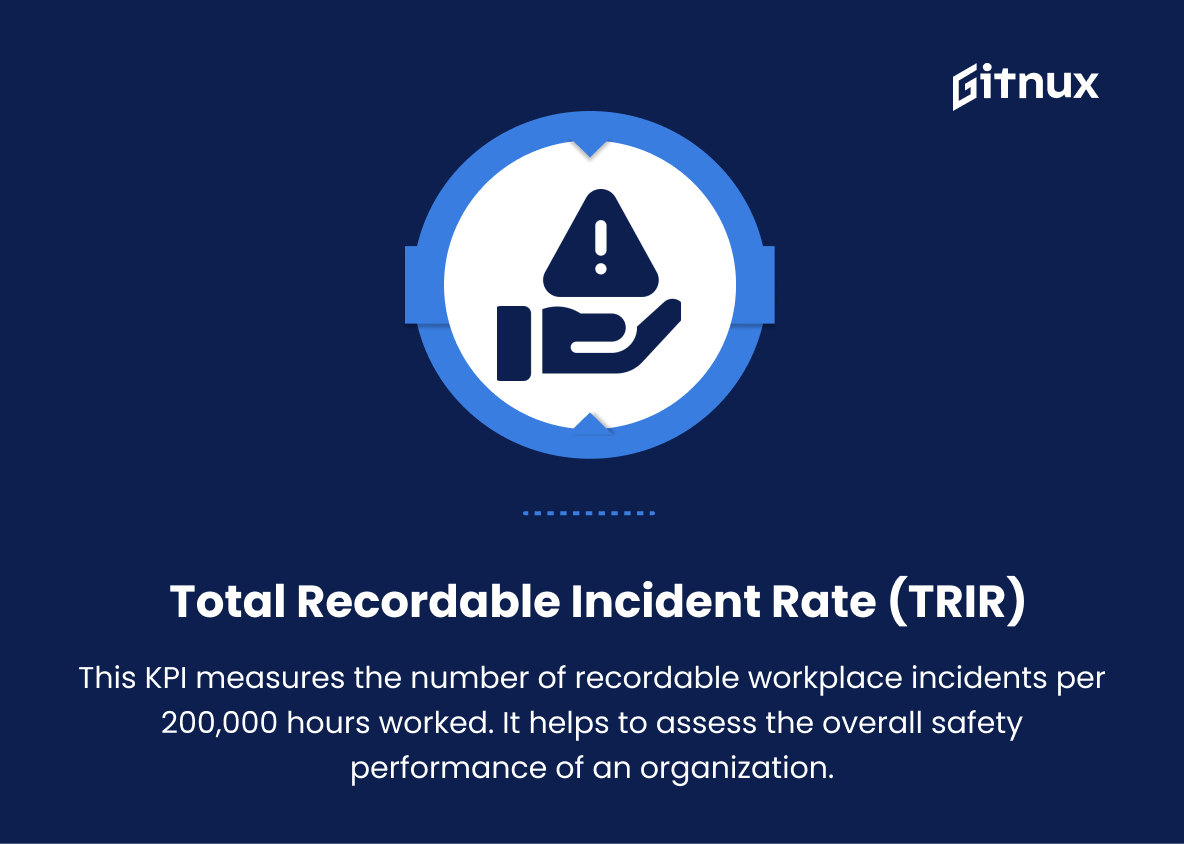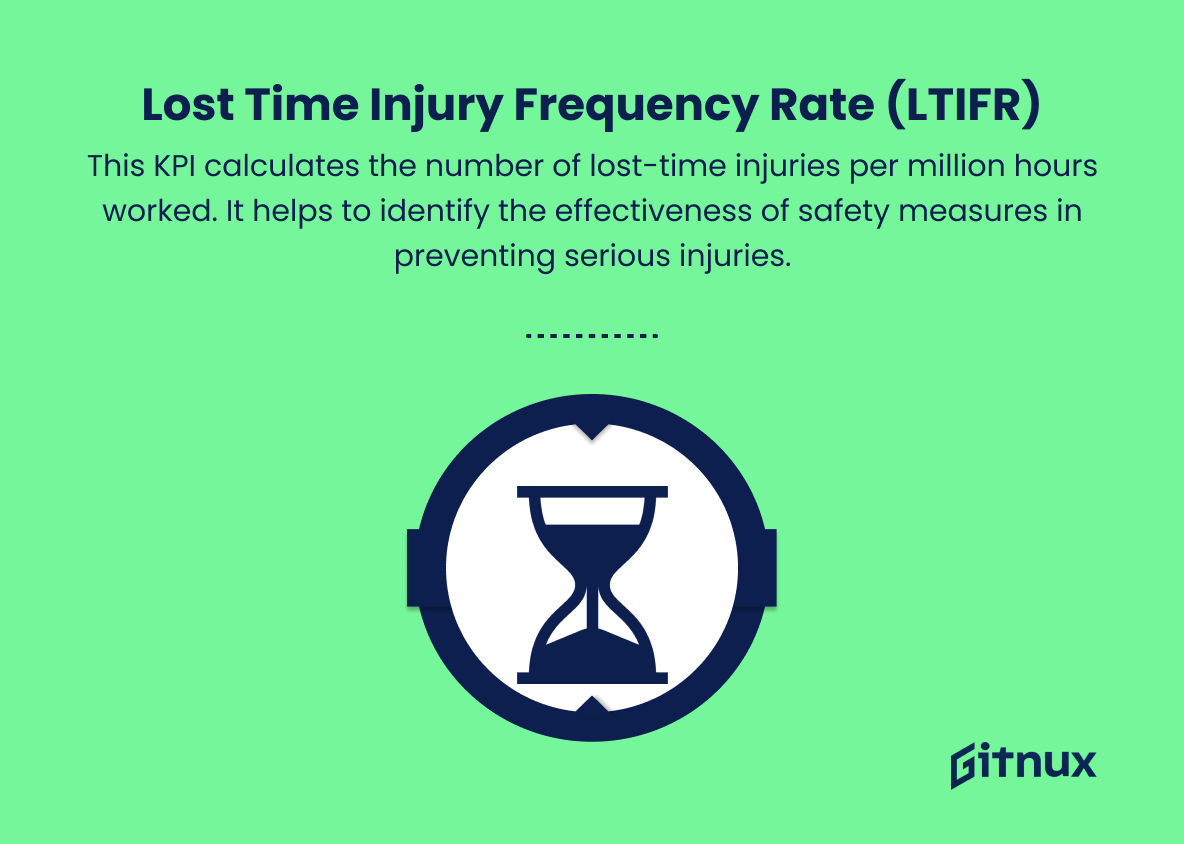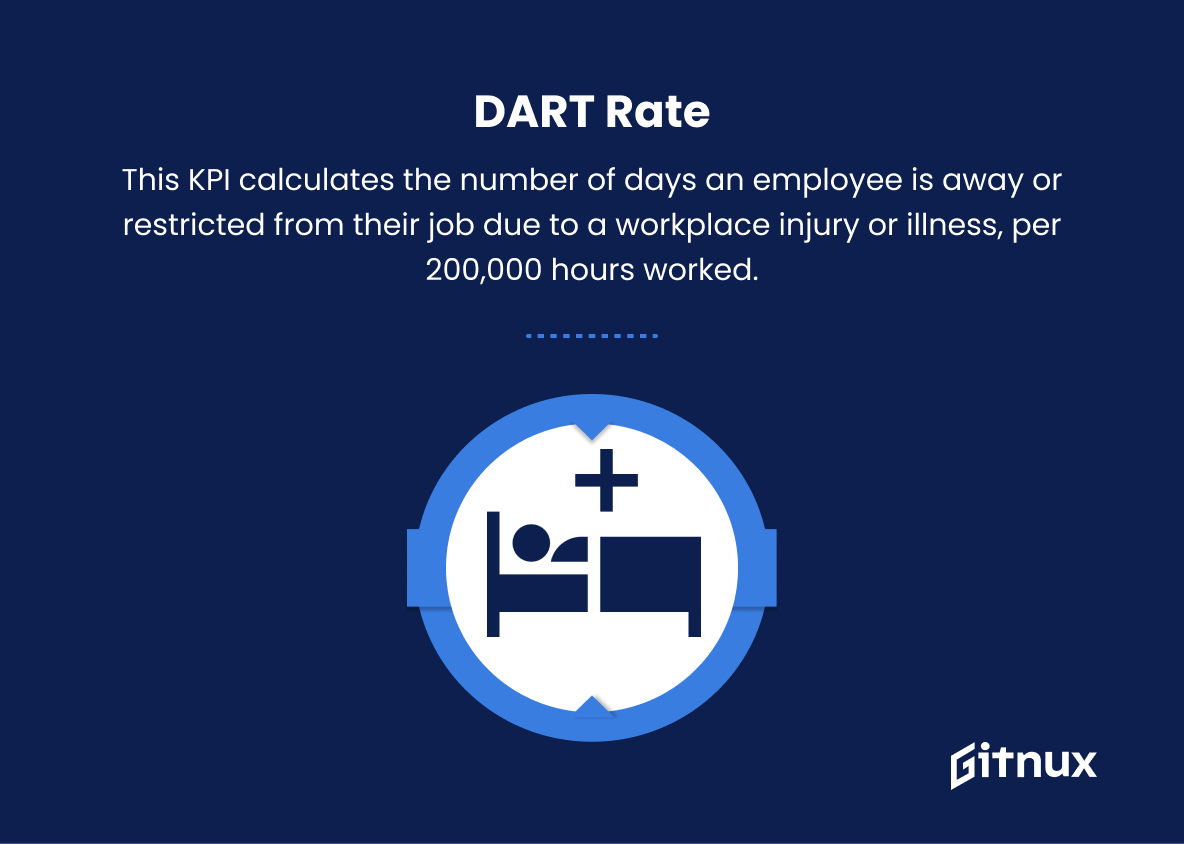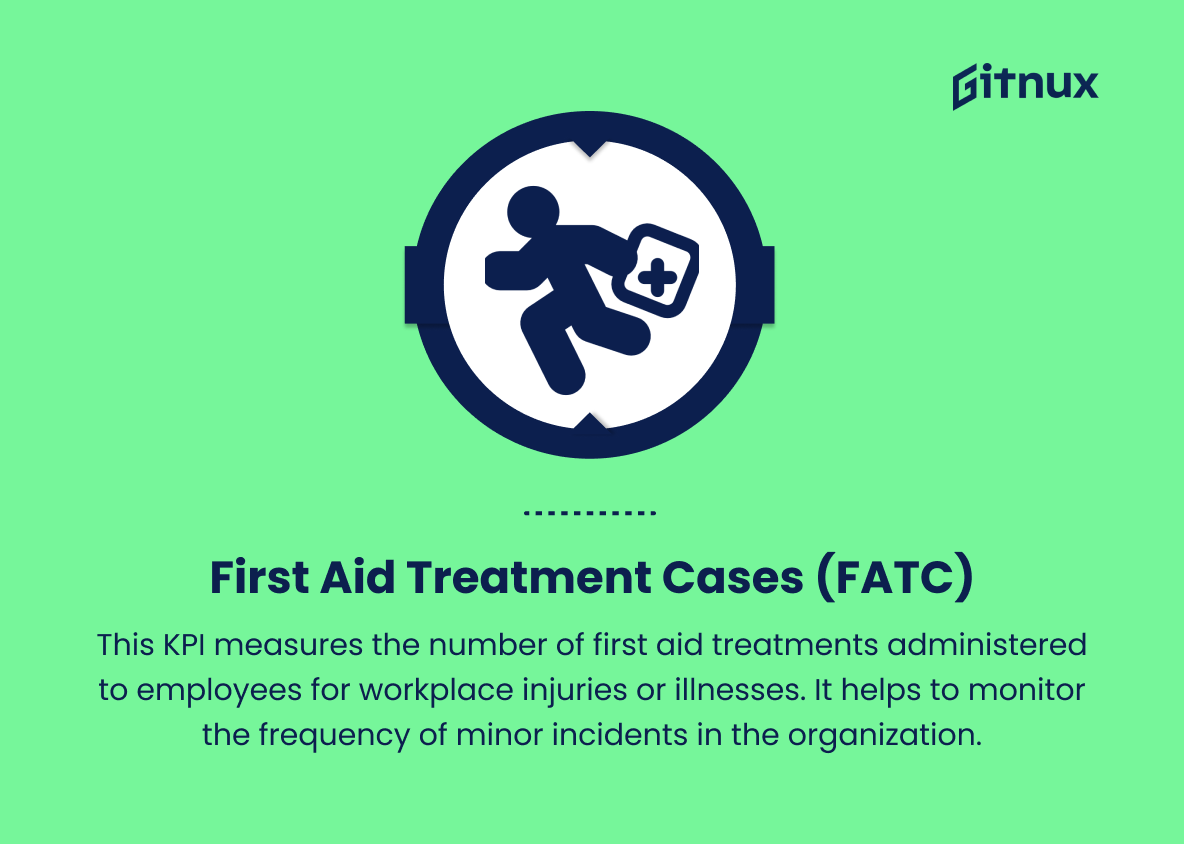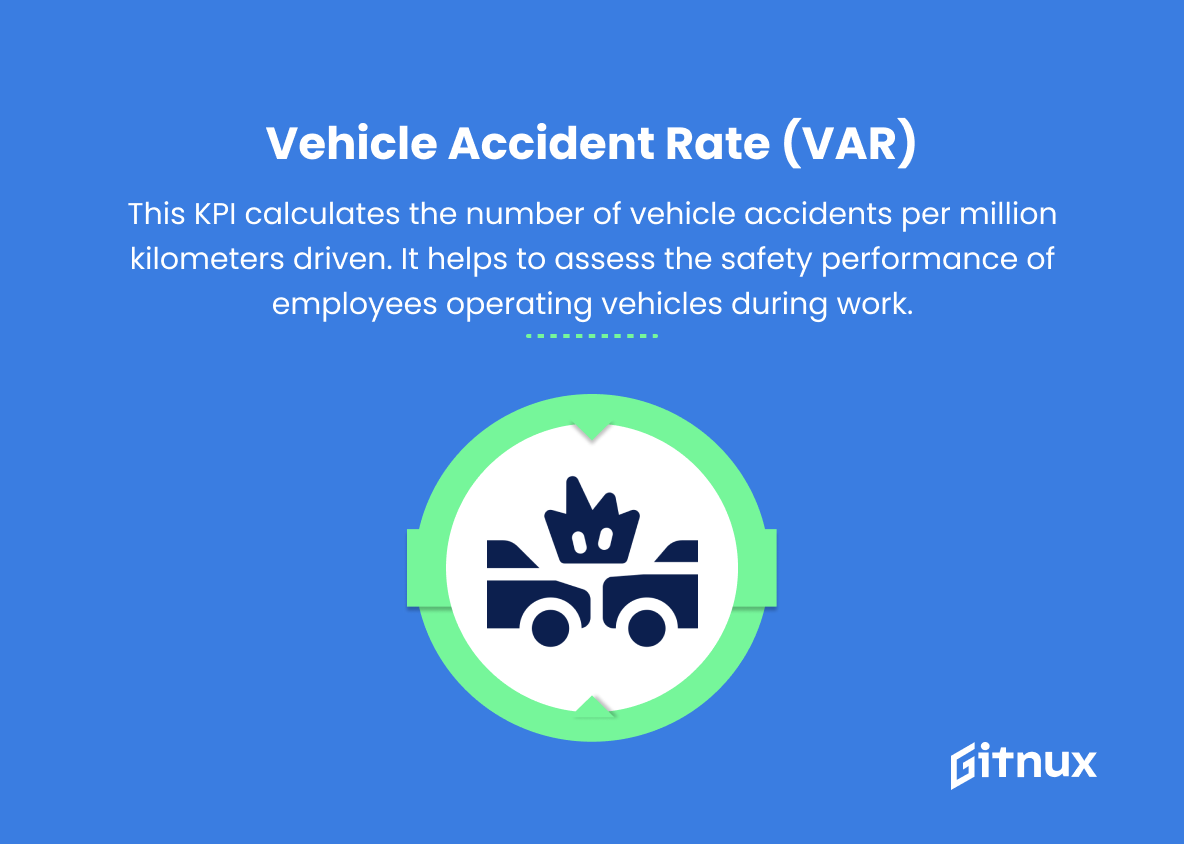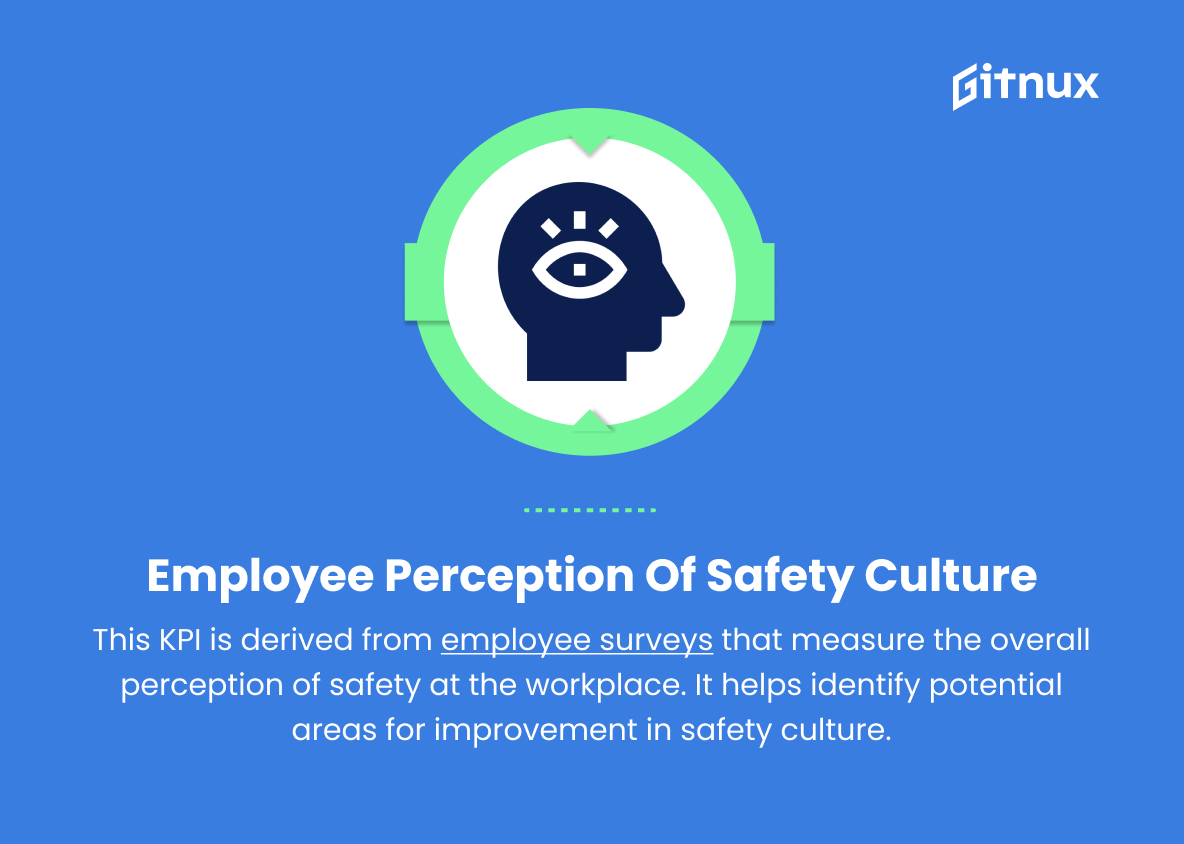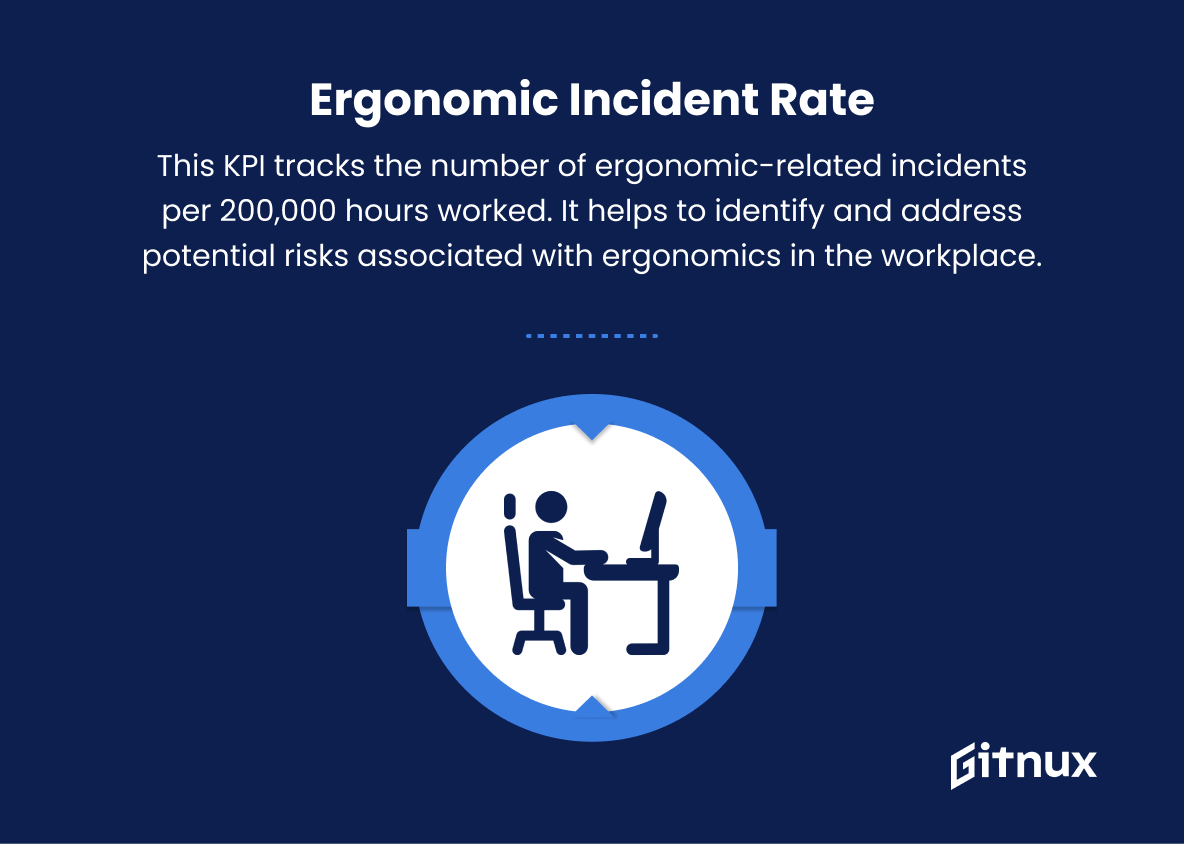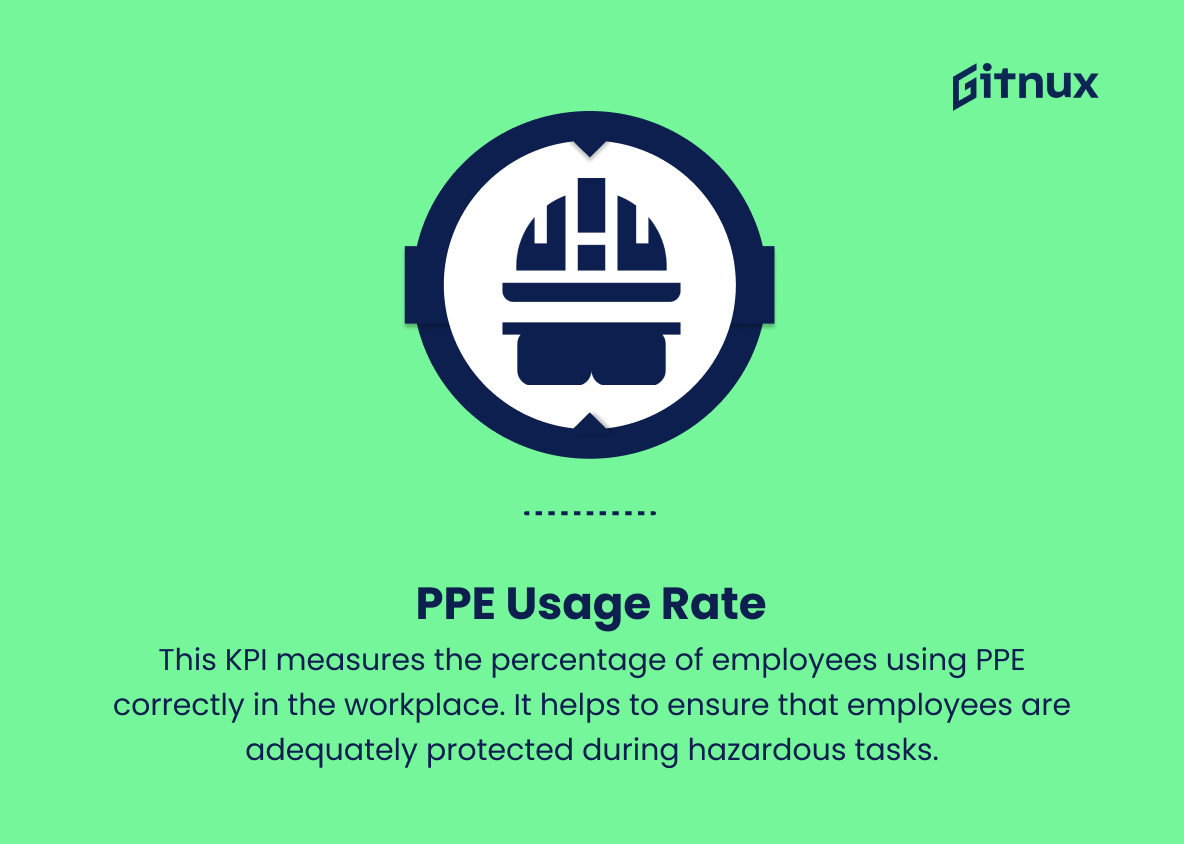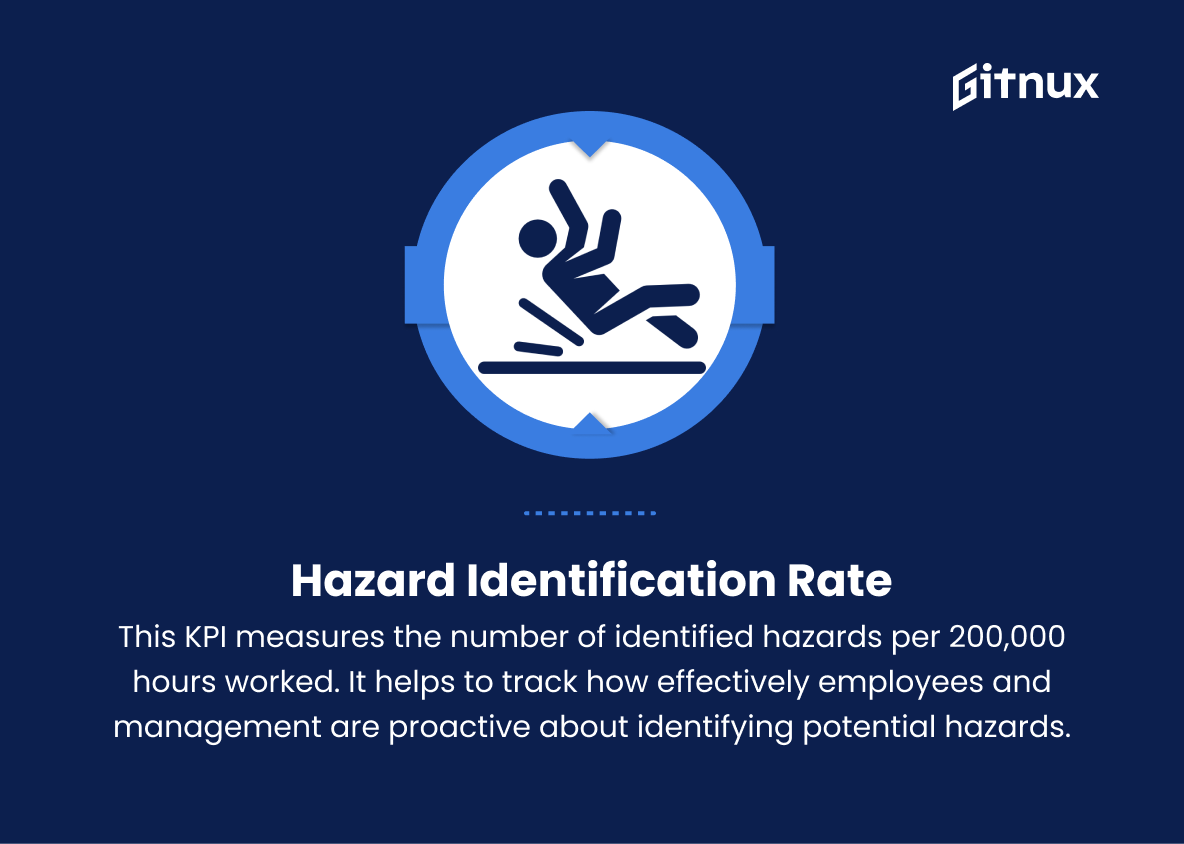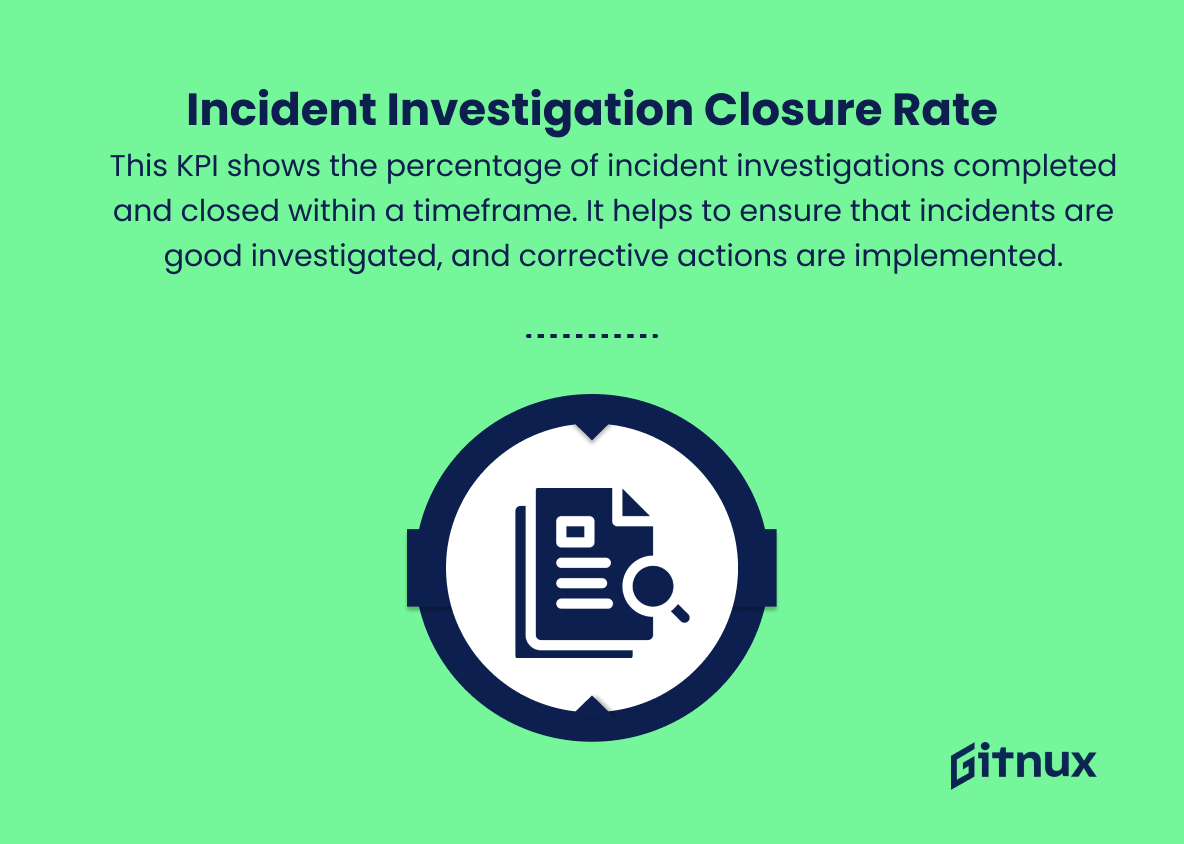In today’s rapidly evolving industrial landscape, the importance of establishing sound safety protocols and processes cannot be overstated. Ensuring the well-being of employees, minimizing business disruptions, and mitigating potential legal liabilities are but a few of the critical reasons behind the development and implementation of robust safety management systems. A key aspect of these systems lies in the identification and measurement of Safety Key Performance Indicators (KPIs).
In this thought-provoking blog post, we will delve into the relevancy and role of Safety KPIs, exploring their significance in driving continuous improvement while reducing risks and hazards in the workplace. Join us as we navigate the intricate world of safety metrics, shedding light on their applications and best practices designed to empower organizations in achieving a proactive safety culture.
Safety KPIs You Should Know
1. Total Recordable Incident Rate (TRIR)
This KPI measures the number of recordable workplace incidents per 200,000 hours worked. It helps to assess the overall safety performance of an organization.
2. Lost Time Injury Frequency Rate (LTIFR)
This KPI calculates the number of lost-time injuries per million hours worked. It helps to identify the effectiveness of safety measures in preventing serious injuries.
3. Near Miss Frequency Rate (NMFR)
This KPI measures the number of near-miss incidents per million hours worked. It helps to identify potential hazards and improve safety procedures before actual incidents occur.
In today’s rapidly evolving industrial landscape, the importance of establishing sound safety protocols and processes cannot be overstated.4. Days Away, Restricted, or Transferred (DART) Rate
This KPI calculates the number of days an employee is away or restricted from their job due to a workplace injury or illness, per 200,000 hours worked.
5. First Aid Treatment Cases (FATC)
This KPI measures the number of first aid treatments administered to employees for workplace injuries or illnesses. It helps to monitor the frequency of minor incidents in the organization.
6. Vehicle Accident Rate (VAR)
This KPI calculates the number of vehicle accidents per million kilometers driven. It helps to assess the safety performance of employees operating vehicles during work.
7. Safety Training Hours
This KPI tracks the total number of safety training hours completed by employees. It helps to ensure that employees are informed and adhere to safety regulations and practices.
Safety KPIs, such as Total Recordable Incident Rate (TRIR) and Lost Time Injury Frequency Rate (LTIFR), are crucial in assessing the overall safety performance of an organization and identifying the effectiveness of safety measures in preventing serious injuries.8. Percentage of Safety Audit Compliance
This KPI measures the percentage of safety audits passed in the organization. It helps to evaluate the effectiveness of safety policies and procedures.
9. Employee Perception of Safety Culture
This KPI is derived from employee surveys that measure the overall perception of safety at the workplace. It helps identify potential areas for improvement in safety culture.
10. Ergonomic Incident Rate
This KPI tracks the number of ergonomic-related incidents, such as musculoskeletal disorders, per 200,000 hours worked. It helps to identify and address potential risks associated with ergonomics in the workplace.
11. Personal Protective Equipment (PPE) Usage Rate
This KPI measures the percentage of employees using PPE correctly in the workplace. It helps to ensure that employees are adequately protected during hazardous tasks.
12. Safety Violations Rate
This KPI calculates the number of safety violations per 1,000 employees. It helps to monitor compliance with safety standards and identify areas for improvement.
13. Hazard Identification Rate
This KPI measures the number of identified hazards per 200,000 hours worked. It helps to track how effectively employees and management are proactive about identifying potential hazards in the workplace.
14. Incident Investigation Closure Rate
This KPI calculates the percentage of incident investigations that are completed and closed within a specified timeframe. It helps to ensure that incidents are adequately investigated, and corrective actions are implemented.
Safety KPIs Explained
Safety KPIs, such as Total Recordable Incident Rate (TRIR) and Lost Time Injury Frequency Rate (LTIFR), are critical to assessing an organization’s overall safety performance and determining the effectiveness of safety measures in preventing serious injuries. Near Miss Frequency Rate (NMFR) helps identify potential hazards, while Days Away, Restricted, or Transferred (DART) Rate and First Aid Treatment Cases (FATC) measure the impact of workplace injuries or illnesses.
Vehicle Accident Rate (VAR) is essential for evaluating the safety performance of employees who operate vehicles on the job. Safety Training Hours and Percentage of Safety Audit Compliance measure the effectiveness of safety policies and procedures. Employee Perception of Safety Culture helps identify areas for improvement in safety culture, while Ergonomic Incident Rate focuses on potential risks associated with ergonomics.
Personal Protective Equipment (PPE) Usage Rate and Safety Violations Rate ensure compliance with safety standards and employee protection. Finally, Hazard Identification Rate and Incident Investigation Closure Rate monitor proactive hazard identification and appropriate corrective action following incidents, creating a safe and healthy work environment for all employees.
Conclusion
In summary, safety KPIs are an essential tool for organizations to effectively monitor, evaluate and ultimately improve their safety performance. Implementing well-defined and relevant KPIs not only ensures compliance with safety regulations, but also creates an environment where employees feel valued and protected. By diligently tracking various safety metrics, companies promote better decision making and foster a culture of safety that benefits all stakeholders.
As an organization, it is critical to continually update and adapt your safety KPIs to meet changing industry standards and requirements, as well as advances in safety technology. Remember, the goal should always be to continuously improve safety standards for the benefit of all employees and stakeholders, leading to a successful and thriving business.
